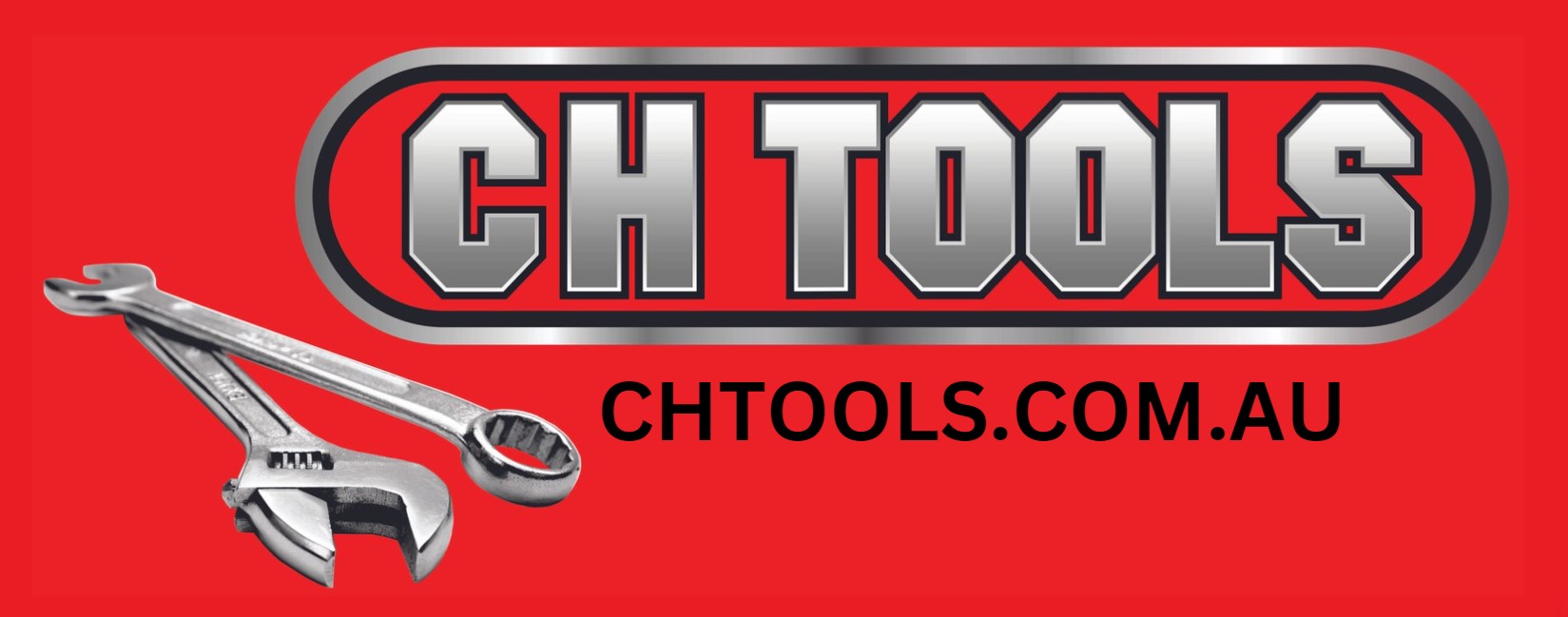Follow us:
Efficient Lifting & Handling Equipment: Powering Your Heavy Lifts





Guide to Selecting the Correct Lifting Equipment for a Job
Selecting the right lifting equipment is crucial for safely and efficiently handling heavy loads. Here’s a comprehensive guide to help you choose the best lifting equipment for your specific job:
1. Understand the Lifting Requirements
- Load Type and Weight: Determine the type and weight of the load you need to lift (e.g., machinery, construction materials).
- Lift Height and Reach: Identify how high and how far you need to lift the load.
- Frequency of Use: Consider how often the equipment will be used (e.g., occasional use vs. continuous operation).
- Work Environment: Assess the environment where the lifting will take place (e.g., indoor, outdoor, confined spaces).
2. Types of Lifting Equipment
- Cranes: Versatile for lifting and moving heavy loads.
- Mobile Cranes: Include truck-mounted or crawler cranes, suitable for various terrains and applications.
- Tower Cranes: Ideal for construction sites requiring high lifting capabilities.
- Jib Cranes: Provide localized lifting with a fixed base and a horizontal arm.
- Hoists: Used for lifting and lowering loads vertically.
- Chain Hoists: Manual or powered hoists, suitable for lifting heavy loads with precision.
- Electric Hoists: Offer ease of use and efficiency for frequent lifting tasks.
- Pneumatic Hoists: Powered by compressed air, suitable for environments where electricity is not ideal.
- Forklifts: Designed for handling and transporting loads over short distances.
- Counterbalance Forklifts: Provide stability and are suitable for lifting and moving loads in various directions.
- Reach Trucks: Ideal for narrow aisles and high stacking applications.
- Pallet Jacks: Manual or powered, used for lifting and moving palletized loads.
- Lifts: Provide access and lifting capabilities for various tasks.
- Scissor Lifts: Ideal for elevating workers and materials to higher areas.
- Boom Lifts: Provide extended reach for accessing elevated work areas and difficult-to-reach places.
- Personnel Lifts: Designed for safely lifting individuals and tools to working heights.
- Slings and Rigging: Essential for securing loads during lifting.
- Wire Rope Slings: Durable and strong, suitable for heavy loads.
- Synthetic Slings: Lightweight and flexible, suitable for a variety of applications.
- Chain Slings: Robust and ideal for heavy and abrasive loads.
- Lifting Beams and Spreaders: Used to distribute the load evenly and facilitate lifting.
- Lifting Beams: Help lift heavy loads with multiple lifting points.
- Spreader Bars: Prevent load swing and ensure stable lifting.
3. Capacity and Specifications
- Load Capacity: Ensure the equipment’s load capacity exceeds the weight of the heaviest load you need to lift.
- Reach and Lift Height: Choose equipment that can handle the required reach and lift height for your application.
- Safety Margins: Consider safety margins and factors of safety in the equipment’s rated capacity.
4. Safety Features
- Overload Protection: Ensure equipment has overload protection to prevent accidental overloading.
- Emergency Stop: Look for equipment with accessible emergency stop features.
- Safety Inspections: Regularly inspect equipment for wear and damage to ensure safe operation.
5. Ease of Use and Operation
- Controls: Choose equipment with user-friendly controls and interfaces.
- Training: Ensure operators are trained in the safe and effective use of the equipment.
- Maintenance: Opt for equipment that is easy to maintain and service.
6. Environmental Considerations
- Indoor vs. Outdoor Use: Choose equipment suitable for the environment where it will be used (e.g., weather-resistant for outdoor use).
- Space Constraints: Consider the equipment’s size and maneuverability in confined or restricted spaces.
7. Compliance and Regulations
- Standards and Certifications: Ensure equipment meets relevant safety standards and certifications (e.g., OSHA, ANSI).
- Inspection Requirements: Follow regulations for regular inspections and maintenance.
8. Budget Considerations
- Cost vs. Features: Balance your budget with the features and capabilities of the equipment. Higher-quality equipment may offer better performance and durability.
- Rental vs. Purchase: Consider whether renting or purchasing equipment is more cost-effective based on usage frequency.
9. Manufacturer and Brand
- Reputation: Choose reputable brands known for reliability and performance.
- Warranty and Support: Look for equipment with good warranty terms and available customer support.
10. Long-Term Considerations
- Future Needs: Plan for potential future needs and expansions in lifting capabilities.
- Upgradability: Choose equipment that can be upgraded or modified as your requirements evolve.
By carefully evaluating these factors, you can select lifting equipment that meets your needs, enhances safety, and ensures efficiency in handling heavy loads.
CONTACT US TO FIND OUT MORE ABOUT THE TOOLS WE RANGE IN-STORE
